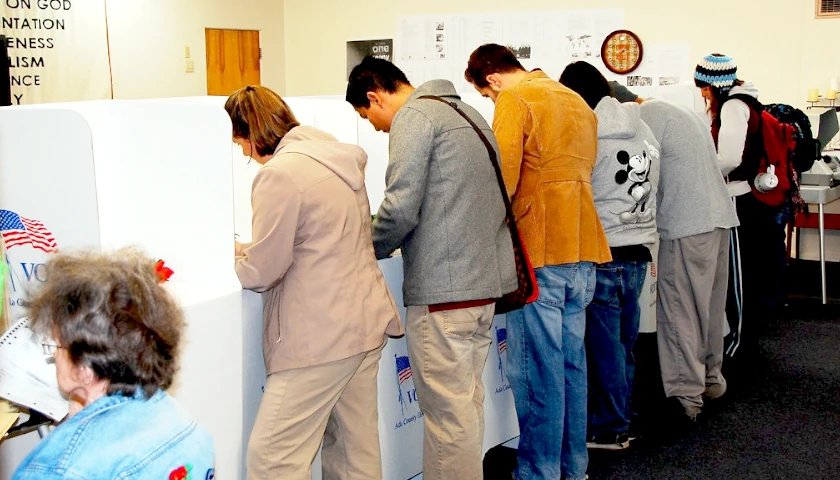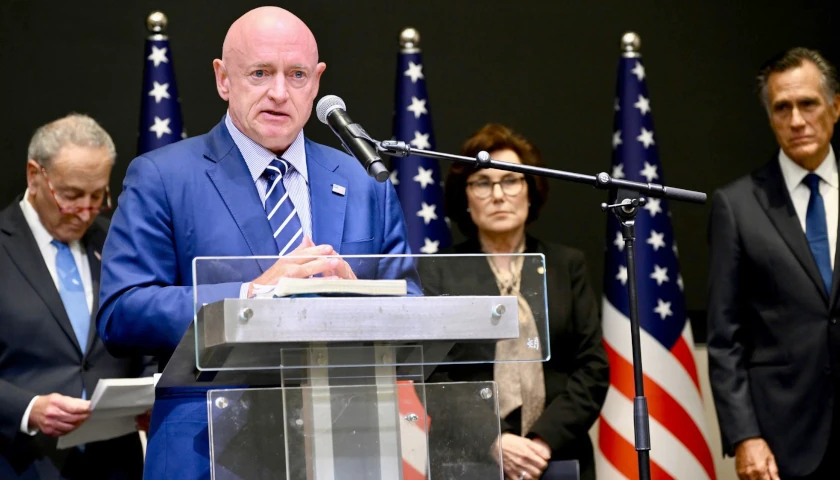by Anthony Hennen
Pennsylvania gaming revenue surpassed $500 million for the first time since the state legalized forms of gambling outside of horse racing.
Gamblers wagered $724 million on sports betting in March, a 1% increase compared to last year and almost 21% more than in February. Online casinos, meanwhile, set a new record of $182 million in revenue for March, a 27% increase from last year.
Total revenue from all gaming hit $515 million in March, the Pennsylvania Gaming Control Board said. The boost may offer hope to state lawmakers fretting over the declining budget surplus.
“This latest record month helped push the state past the $500 million mark in terms of monthly revenue from all forms of March gambling,” PlayPennsylvania Managing Editor Chris Imperiale said. “This is the first time Pennsylvania has exceeded this number, citing an increase of around 11.4% from March 2022.”
Online casinos especially have grown in recent months, the organization said, breaking revenue records four times in the last six months.
Last year, analysts projected gaming revenue could exceed $5 billion, as The Center Square previously reported. Much of this comes from slot machines and internet gaming, followed by table games. Sports betting is the fastest-growing revenue area, growing by almost 67% compared to a year ago.
Prior to 2006, Pennsylvanians could only legally gamble on horse racing. Since a deal was made in the legislature, horse racing has received billions of dollars in subsidies to sustain it, as The Center Square previously reported. Another expansion of gambling could be on the horizon with skill games, which currently operate in a legal gray area.
– – –
Anthony Hennen is a reporter for The Center Square. Previously, he worked for Philadelphia Weekly and the James G. Martin Center for Academic Renewal. He is managing editor of Expatalachians, a journalism project focused on the Appalachian region.
Photo “Roulette” by Antoine Taveneaux. CC BY-SA 3.0.





